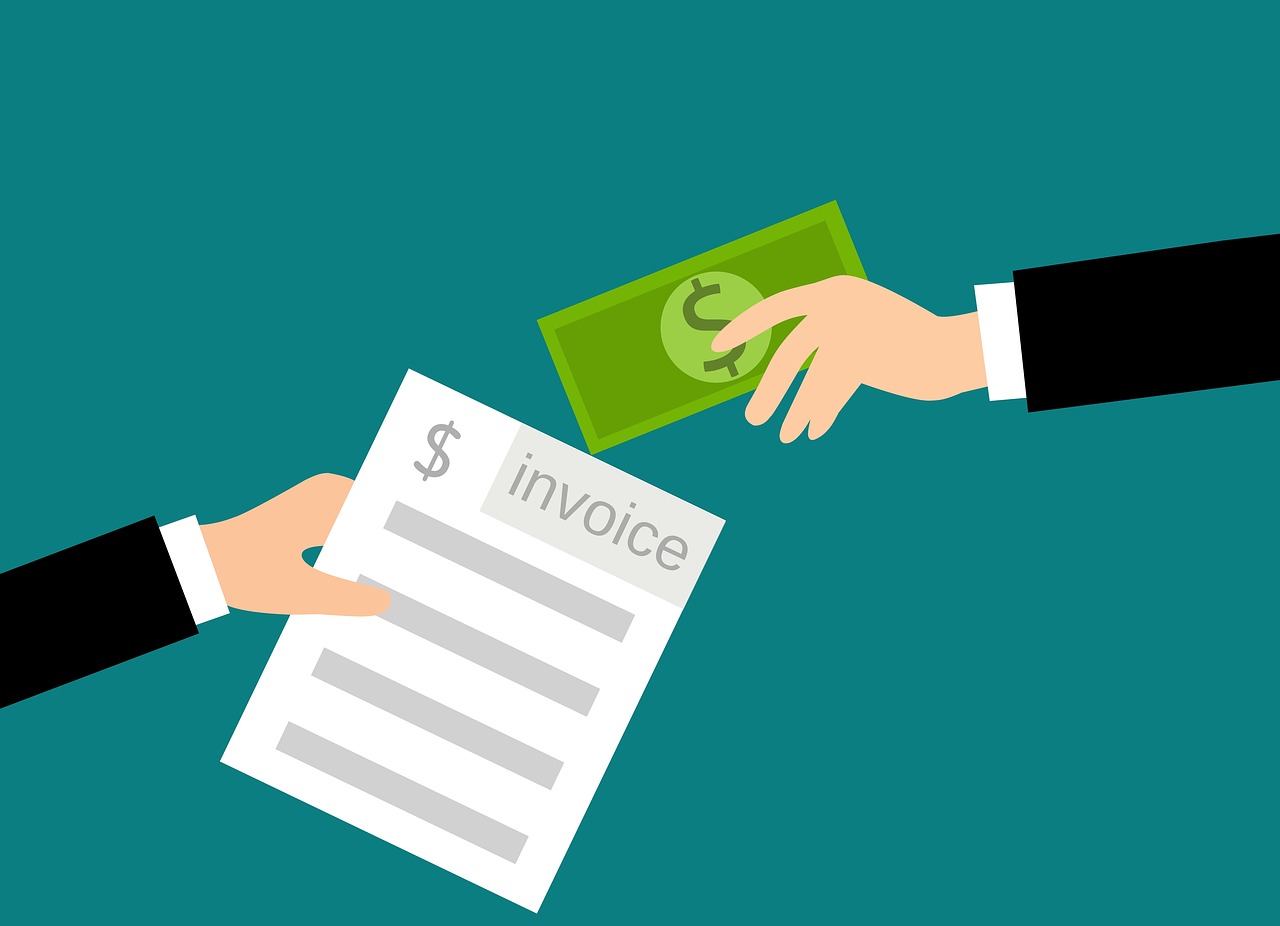What’s the Difference Between a Bill and an Invoice?
Have you ever wondered about the distinction between a bill and an invoice? Both documents play a crucial role in maintaining security and data integrity within financial transactions, but they serve distinct functions. This article will guide you through the nuances of these two fundamental financial documents, helping you understand their purposes, key differences, and appropriate usage.
Differentiating Between Bills and Invoices
The process of financial management in business often involves juggling a myriad of documents, two of which are a bill and an invoice. But what exactly distinguishes one from the other?

Definition of a Bill
In a business context, a bill represents a payment request, typically for goods or services a customer has already received. Issued by the service supplier, a bill is a declaration of an existing debt that a customer must settle, often within a specified date.
Definition of an Invoice
An invoice, on the other hand, is a detailed list of goods sold or services provided, along with quantities, prices, and terms of payment, which can be crucial in the taxation process. It serves as a record that a transaction has occurred, and it’s typically issued by the provider before payment is received.
Business invoices play a vital role in maintaining financial compliance and providing a transparent record of business transactions.
Explanation of the Purpose and Content of Each Document
Upon closer examination, each document presents unique content essential for business operations, serving as a distinct financial statement, despite seeming interchangeable at first glance.

Purpose of Bills and Invoices
In business, maintaining financial control is paramount. Bills serve as a statement of demand for payment from customers for services rendered or goods provided, hence facilitating revenue management. Invoices, on the other hand, are used to detail a transaction and prompt payment, providing a clear and formal record for both the buyer and seller.
Contents of Bills and Invoices
Despite their distinct roles, both documents share common contents, such as the total amount due, details of the products or services, and payment terms, which should be considered in the taxation process. Given the high level of detail, invoices aid in achieving Payment Card Industry (PCI) compliance, which is crucial for businesses. For a visual guide, explore our
invoice templates, which showcase the usual layout and content of an invoice.
Overview of When to Use a Bill vs. an Invoice
Bills are suitable when payment is due post-service delivery like in restaurants, allowing businesses to swiftly scan accounts receivable, mitigating payment default risk.
On the contrary, invoices are prevalent in B2B transactions. They provide detailed transaction information, effectively tracking potential network vulnerabilities before payment, and often include
invoice templates for consistency.

Clearing Up Common Misconceptions and Misunderstandings
Misunderstandings can often arise with financial documents, leading to potential miscommunication. Let’s address some of these common misconceptions.
Common Misconceptions About Bills
Here are some common myths associated with bills:
- Are only for services, not goods;
- Do not need to be paid immediately;
- Paying with a credit card alters their nature.
It’s important to assess these details accurately to ensure smooth financial transactions.
Common Misconceptions About Invoices
Here are the most common misconceptions:
- Are only for goods, not services;
- Serve the same purpose as receipts;
- Are enough to ensure compliance and security in business transactions.
Our
Saldo Invoice platform helps clear up these misconceptions and provides a secure environment for your invoicing needs.
Embrace Clarity With Bills and Invoices
Diving into the world of financial documents, we’ve discovered the unique roles and uses of bills and invoices. As a provider, we at Saldo Invoice strive to demystify these key terms for you, promoting clear customer communication and reinforcing compliance and data security. Don’t get lost in financial jargon. Let us illuminate your path to proficient billing management.
Elizabeth Cherepyna
Product Manager, she is analytic of the behavior of users in the application, communicates with them, to better understand what we need to improve, and sets tasks for her team.
Learn more








